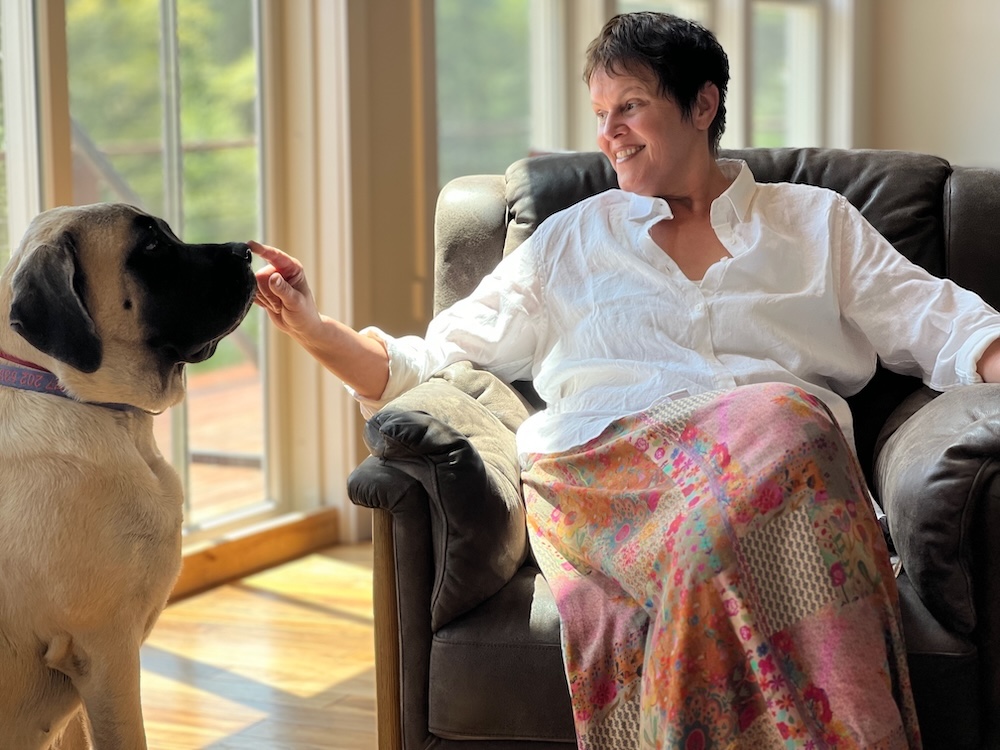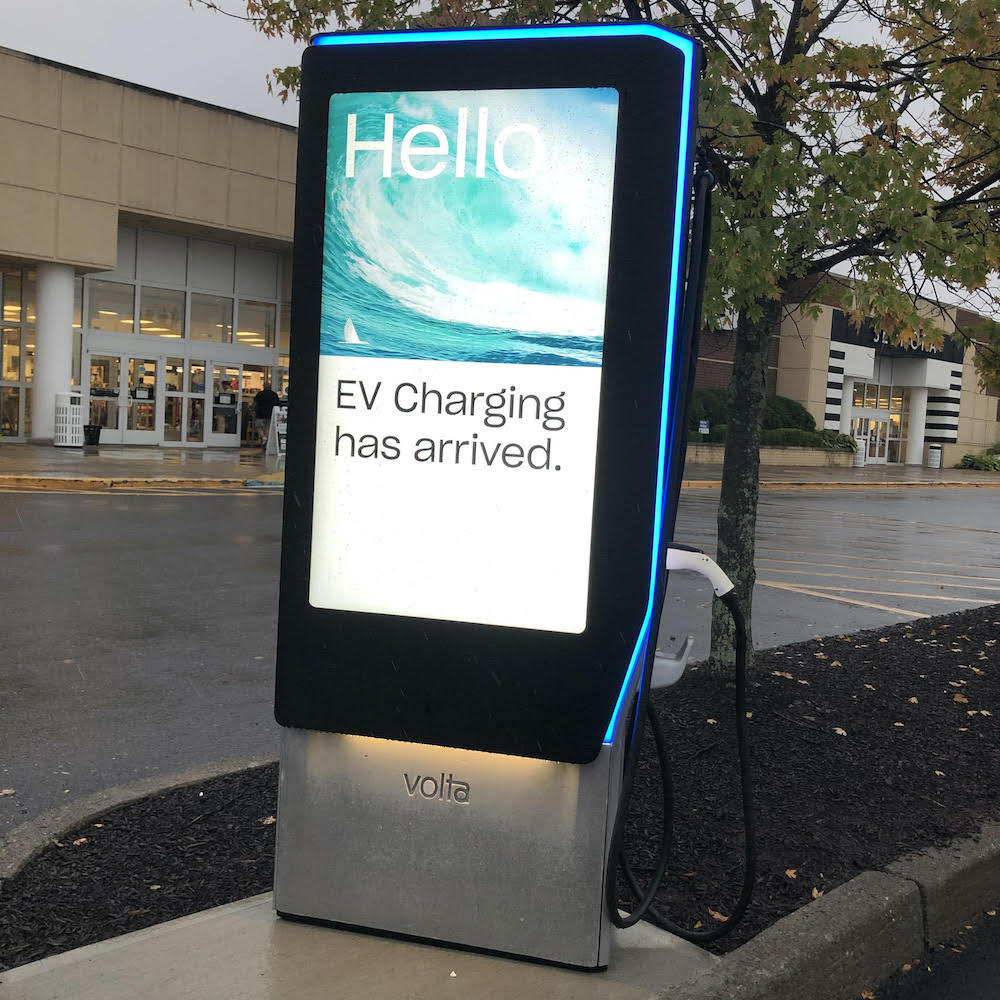
Omega Institute’s Eco Machine Provides A Global Model for Water Conservation
Water is never far from Robert “Skip” Backus’s thoughts. As the CEO Emeritus of the Omega Institute in Rhinebeck and founder of the Omega Center for Sustainable Living (OCSL), Backus says water is foundational to life in ways we don’t often appreciate.
“When you really step into understanding water, there is no separation between us. We’re all part of a system,” he says. “All the decisions that you make every day live in the water. Every single one. Every piece of something that you purchase. Every decision you make relates to water.”
And as the world’s population surpasses eight billion, there is an even more pressing need for clean water – one too often compromised by careless stewardship of the environment.
Since its opening in 2009, the OCSL and its all-natural water reclamation system, the Eco Machine, have served as living models of regenerative design–the idea that it is possible to use environmental practices to improve the condition of the natural world, as opposed to just sustaining it.
The Eco Machine cleans and reclaims all the water utilized on Omega’s 250-acre campus. It also serves as a teaching model to everyone from schoolchildren to professional architects and engineers. Every year, dozens of groups from nearby schools to overseas organizations take tours of the Eco Machine, which is housed in a building that has been recognized as one of the world’s leading examples of green construction techniques.
“People don’t realize the thin ice we are on with water and what we will need to survive,” Backus says. “Part of our work is to bring forth an awareness of the issues surrounding water resources and to demonstrate real-world solutions. This is not only for the people who come to Omega for courses each year but for many more individuals and groups interested in what we know is the most pressing of environmental issues.”


In recent years, the OCSL has been officially recognized as an accredited organization by the United Nations Framework Convention on Climate Change. This designation grants OCSL representatives access to the annual UN climate conferences that set international policy for dealing with climate change. At the 2021 UN Climate Conference, Backus was part of a panel that examined how to use groundwater as a tool for climate adaptation and resilience. Omega has also used its accreditation to sponsor delegates from around the world to the summits.
Backus arrived at Omega 42 years ago – a proud “Springsteen-loving Jersey boy” then working as a general contractor building low-income housing with an interest in historic preservation and the burgeoning practice of “green design.” He has overseen the design and construction of many of the facilities and systems that make up the Omega campus, including the OCSL, which was the first building ever to achieve both LEED Platinum and Living Building Challenge certification—the highest environmental performance standards available.
The OCSL’s roots go back nearly two decades to a meeting at a conference with renowned biological and ecological designer Dr. John Todd.
“Dr. Todd got us thinking about how we dealt with wastewater at Omega and how we could create a closed hydrological loop to clean and reclaim all the water used on our campus,” says Backus. “This project was a perfect fit for the values of Omega – to educate and enlighten people about how their everyday decisions impact their lives and the world.”


Work on the $4.2 million building project began in 2007 and was completed two years later. Omega’s Eco Machine can process as many as 52,000 gallons of water per day when the campus is open (May – October). It does this without the use of any chemicals, only natural systems that work cooperatively to purify the wastewater.
That journey begins when groundwater is pumped from the underlying aquifer uphill to a cistern. Gravity creates the pressure that carries the water throughout the campus, where it is used for drinking, cooking, cleaning, and its 160 toilets.
The wastewater flows into settlement tanks, where it is injected with microorganisms to speed decomposition and solids settle out of the water. It then flows into two 6,000-gallon equalization tanks, which keep the Eco Machine from being overwhelmed by sudden surges. The water then travels into two anoxic tanks where the breakdown of waste continues.
Next, the water flows to four constructed wetlands adjacent to the OCSL building. Each is the size of a basketball court, where microorganisms and native plants, including cattails and bulrushes, continue the breakdown and purification process. By the end of this stage, there is a 75 percent increase in water clarity and a 90 percent reduction in odor.
From the constructed wetlands, the water travels into two aerated lagoons inside the building. No soil exists in these 10-foot-deep lagoons, but many tropical plants thrive here. The lagoon’s plants, fungi, algae, snails, and microorganisms continue the breakdown of nitrates and toxins.
The final purification phase brings the water outside the building to a vast sand filter beside the solar panels that power the entire enterprise. Here, the sand and microorganisms remove any remaining particles and small amounts of nitrates. It then travels to two dispersal fields under the Omega parking lot, where it trickles 200 feet down through the soil and re-enters the groundwater table.


“This whole process will generally take about 36 hours to go from wastewater to a palatable resource,” Backus says.
Another challenge was Omega’s desire to make the OCSL a green building, a structure made from reclaimed building materials created without harmful “red list” chemicals. With this effort, the OCSL would serve as one of the foundational projects for The Living Building Challenge (LBC). Today, LBC is a global campaign to incorporate “regenerative design solutions” that improve the local environment, often using reclaimed materials from the project’s proximity.
“You have to remember the time we started to build this,” Backus says. “This was still the early era of green design, and companies were not entirely aware or forthcoming about the hazardous materials and chemicals used in their products. So, sourcing the materials was a real challenge.”
According to Backus, some of the materials used in creating the OCSL have intriguing origins and provenance.
“The exterior siding came from a mushroom farm in Pennsylvania, and the Douglas fir was part of a dismantled factory in Kingston,” Backus says. “Some of the wood in the building’s control room was actually salvaged from the platform used in the first Inauguration of President Obama.”
Backus is also proud to have the OCSL building heated and cooled by geothermal sources.

After over four decades at Omega, including 15 years as CEO, Skip is not quite ready to retire.
“Regarding the OCSL, I’m most excited about extending our educational outreach,” he adds. “We have done a great amount of work with the UN Climate Action Program and helped spearhead projects in Africa and China, to name a few. One of my favorite things is our programs with local fourth graders. We bring them in for tours and games that educate them about the need to be mindful of water use and conservation. Young people really are the most enthused group when it comes to environmental issues. We hope to bring this to more local school districts in the coming year.”
And even when he is at home, water is not far from Backus’ mind and field of vision.
“My house is right across the river, with a view of the Ashokan Reservoir,” he says. “So, yes, water is always on my mind.”

Photos courtesy of Omega Institute
Contributing writer Sal Cataldi is a musician, writer and former publicist living in Saugerties NY.
Follow/Connect the Omega Institute via Website | Facebook | Instagram | Inside+Out Spotlight
+ + +
Click HERE to see all of our exclusive interviews with the amazing folks who proudly call the Hudson Valley home.
Write a Comment
You must be logged in to post a comment.





